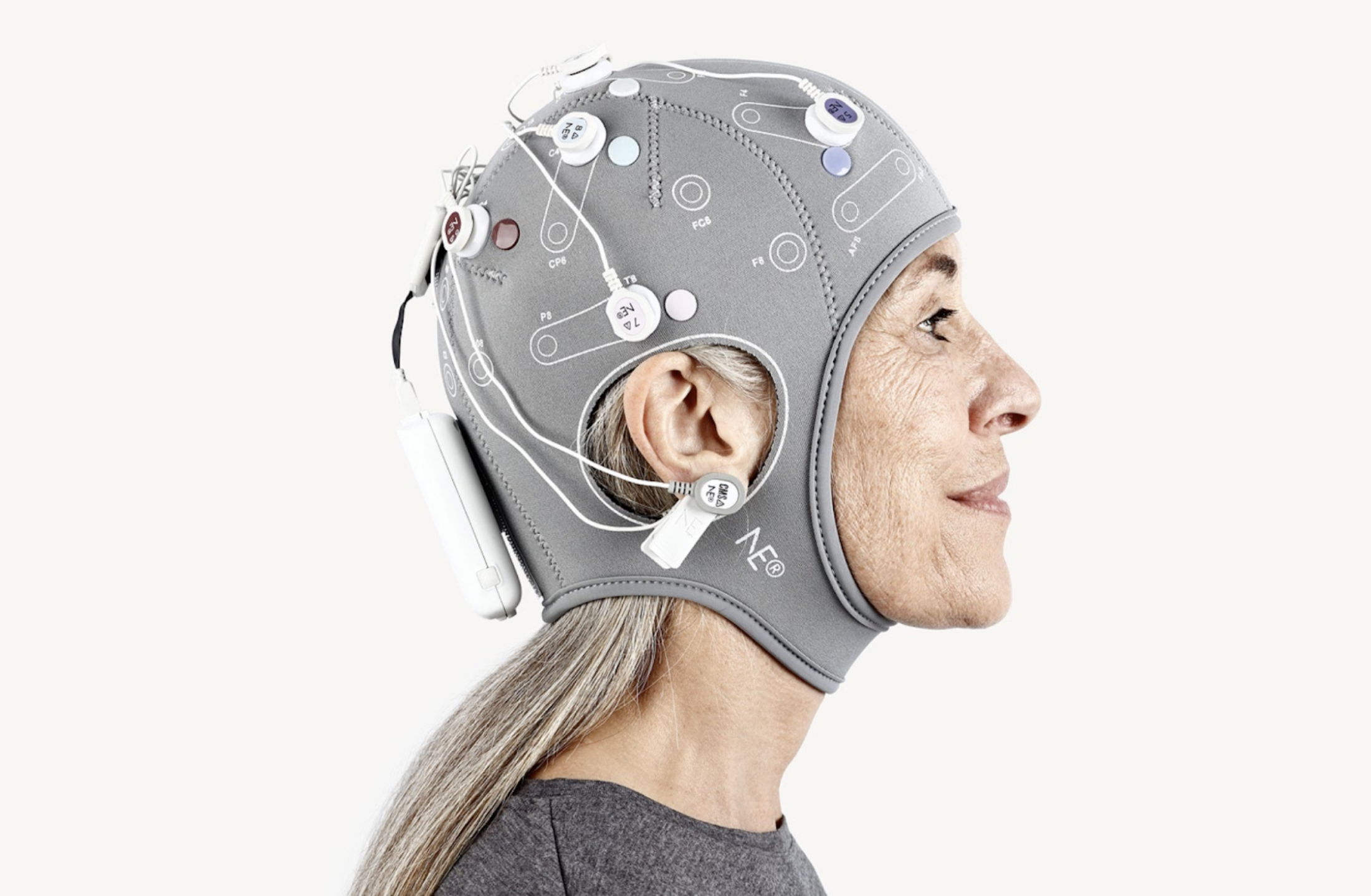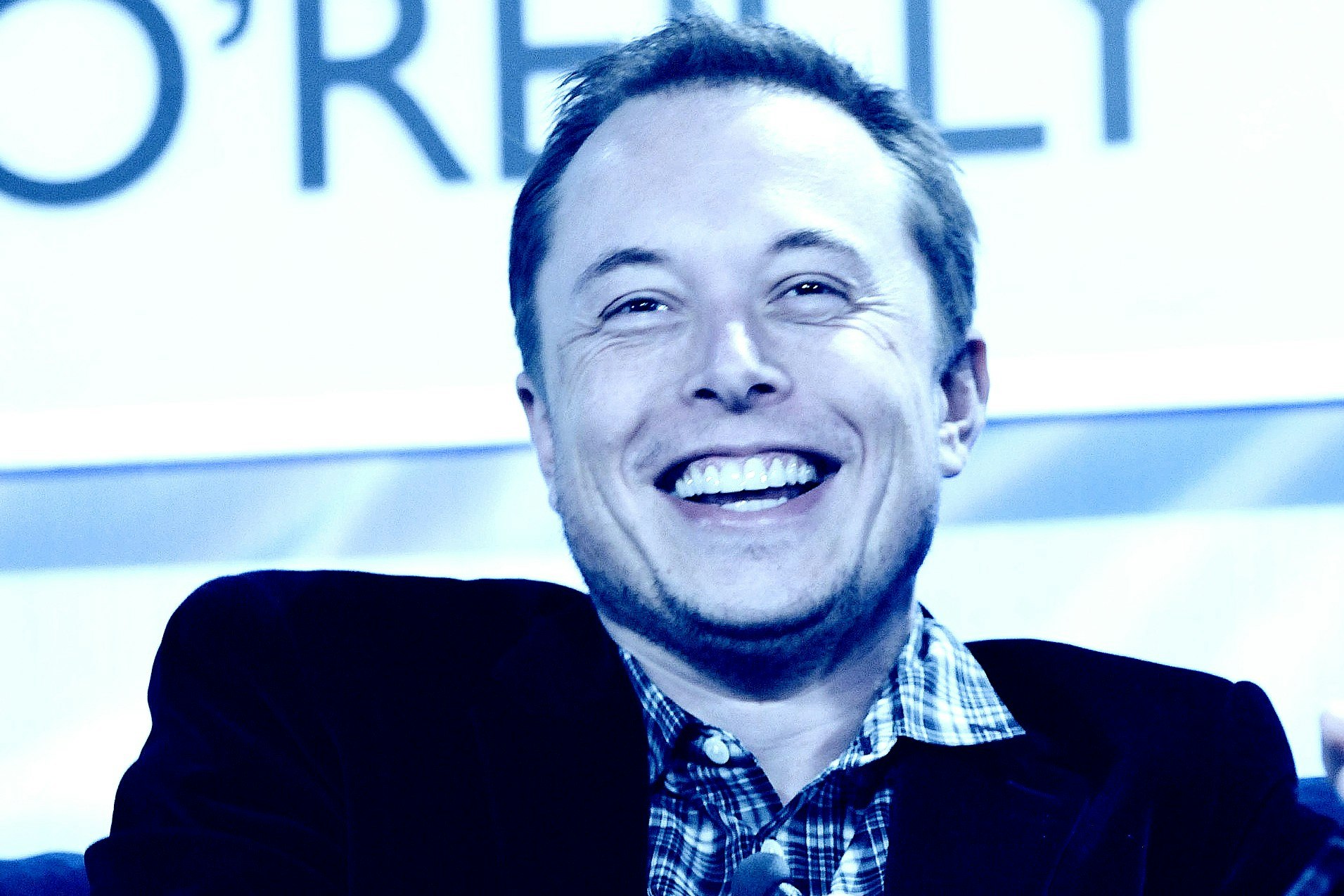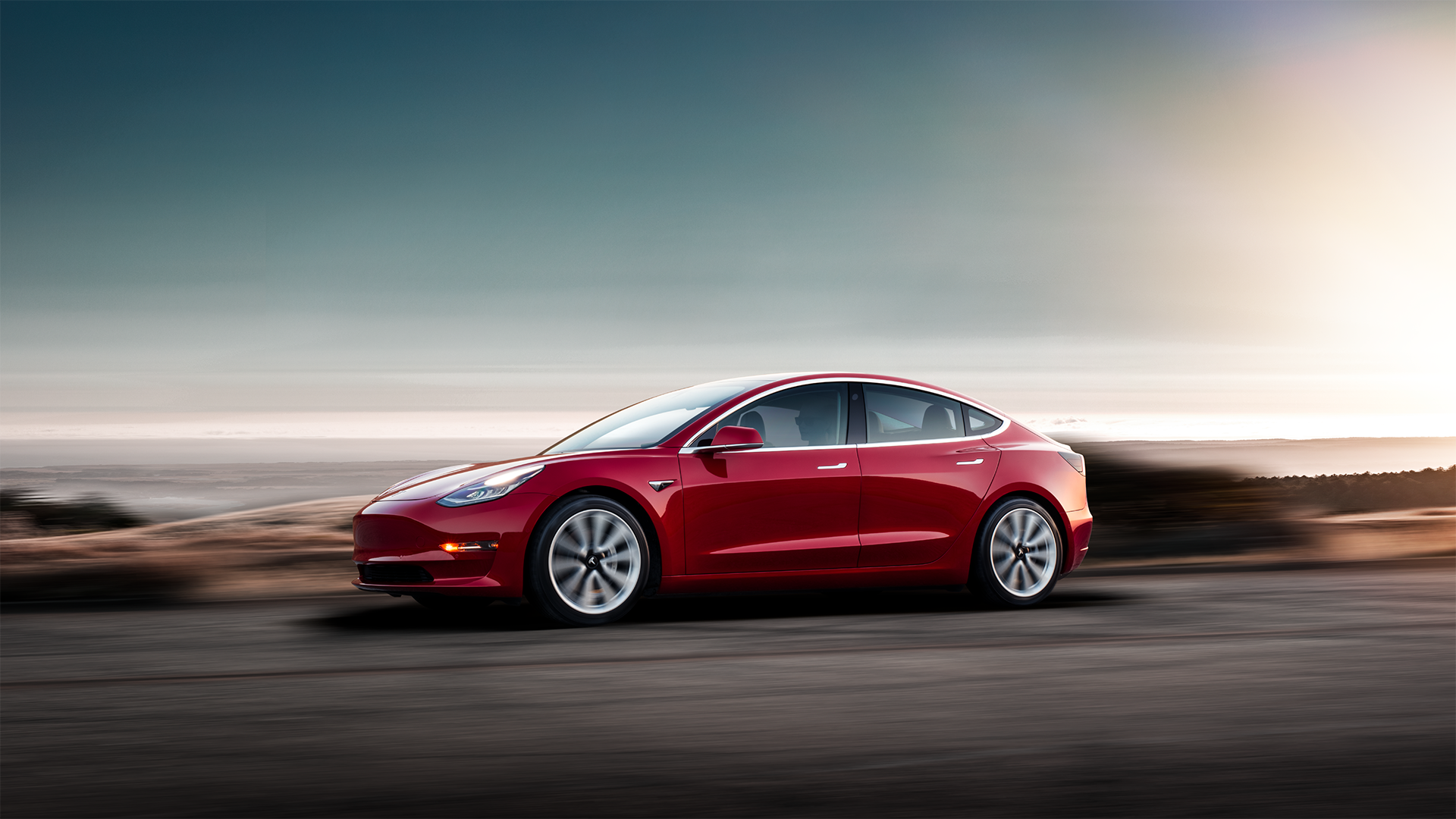In February, Elon Musk told the world that his brain-computer interface company Neuralink had wired up a monkey to play video games with its mind.
Unsurprisingly, given the US billionaire specialises in viral moments like these, the announcement made a splash across the world.
But one Spanish startup was not so impressed, having spent the last eight years developing a specialised neural implant made of graphene — which it believes vastly outperforms Musk’s Neuralink.
“Brain interfaces need to do three things well: record brain signals, stimulate them and then be stable for many, many years in the brain,” says Inbrain cofounder and chief executive Carolina Aguilar.
Aguilar argues that the material that Musk is currently using at Neuralink, a polymer called Pedot, degrades inside the brain too quickly to serve as a viable material for a brain stimulating implant.
Or to put it another way, Neuralink is going down the wrong path.
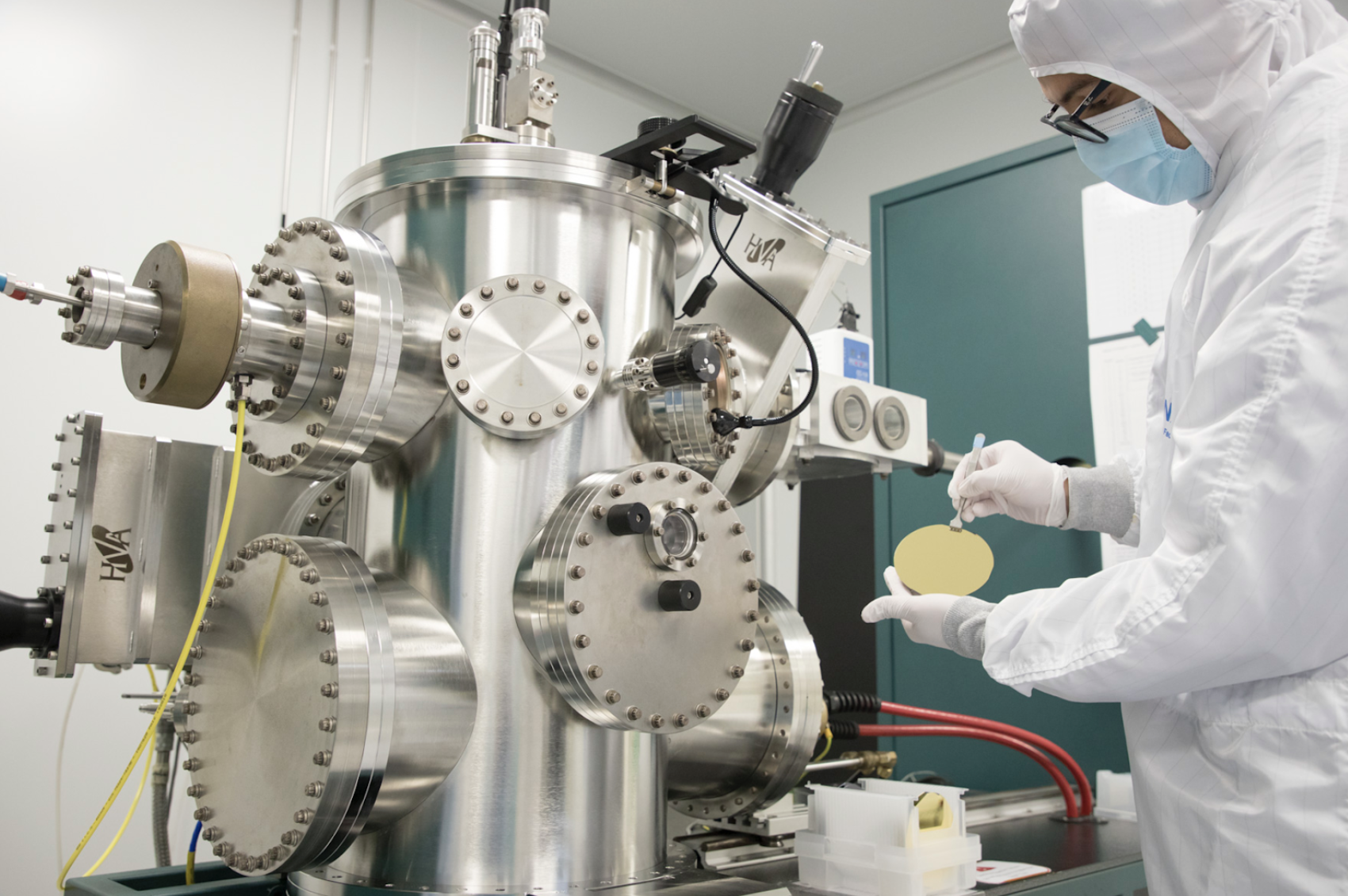
Materials matter
Barcelona-founded Inbrain is a product of the EU’s €1bn Graphene Flagship programme. Launched in 2013, the scheme is on the hunt to find real-world, commercial applications for graphene, the one-atom-thick material whose creators won the Nobel Prize for physics three years earlier.
Graphene is the strongest material ever tested, and Inbrain cofounder and chief executive Carolina Aguilar says its durability, electrical conductivity and longevity make it a perfect candidate for brain implanted technology.
And much better than Pedot.
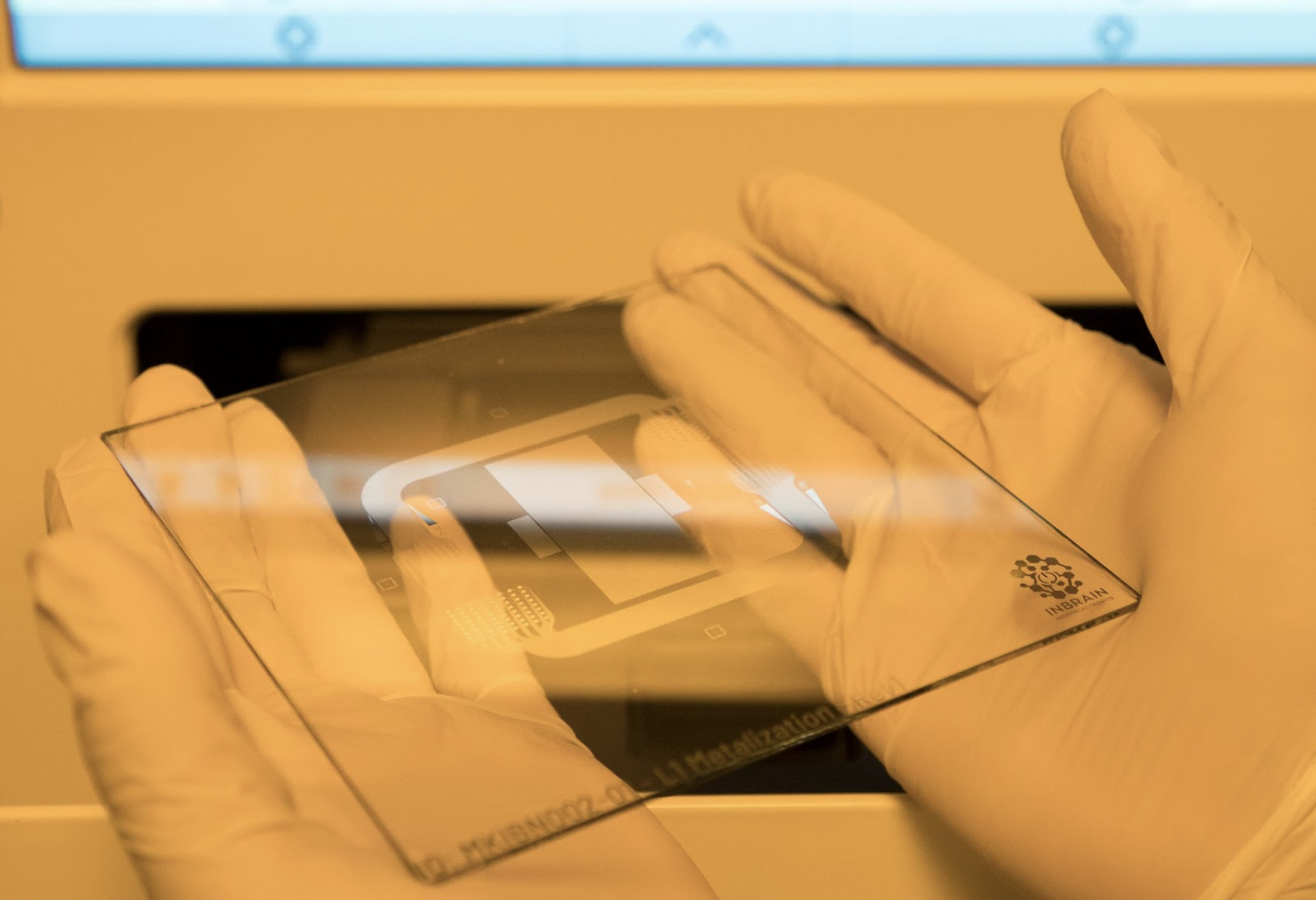
“We have benchmarked graphene against Pedot. Pedot quickly degrades over millions of pulses of stimulation. So that's why we are super hopeful about graphene, because it actually remains stable for many, many millions of pulses,” she says. “For sure he's not going to stay with Pedot if he wants to be in the market successfully.”
So does Aguilar believe Musk could develop a graphene based implant of his own?
“No, he would have to acquire us. There’s many different types of graphene and some are toxic, she says. “We’ve spent eight years developing a manufacturing process, which we’ve patented, that makes graphene the way we want it in the brain. So yes, he will have to buy us.”
Impact
Inbrain recently secured a $17m Series A round, which will be used to fund the company’s first human trials of its graphene implants.
The first study will aim to assess the safety of graphene for human neural implants (the technology has already been tested in sheep’s brains), paving the way for therapeutic treatments of brain conditions.
“Our first clinical indication will be in Parkinson’s, because there is a lot of existing data we can benchmark ourselves against,” says Aguilar. “Then once this is in the market for one application the possibilities are endless. So of course we are looking at Parkinson's, Alzheimer's, dementia and memory restoration.”
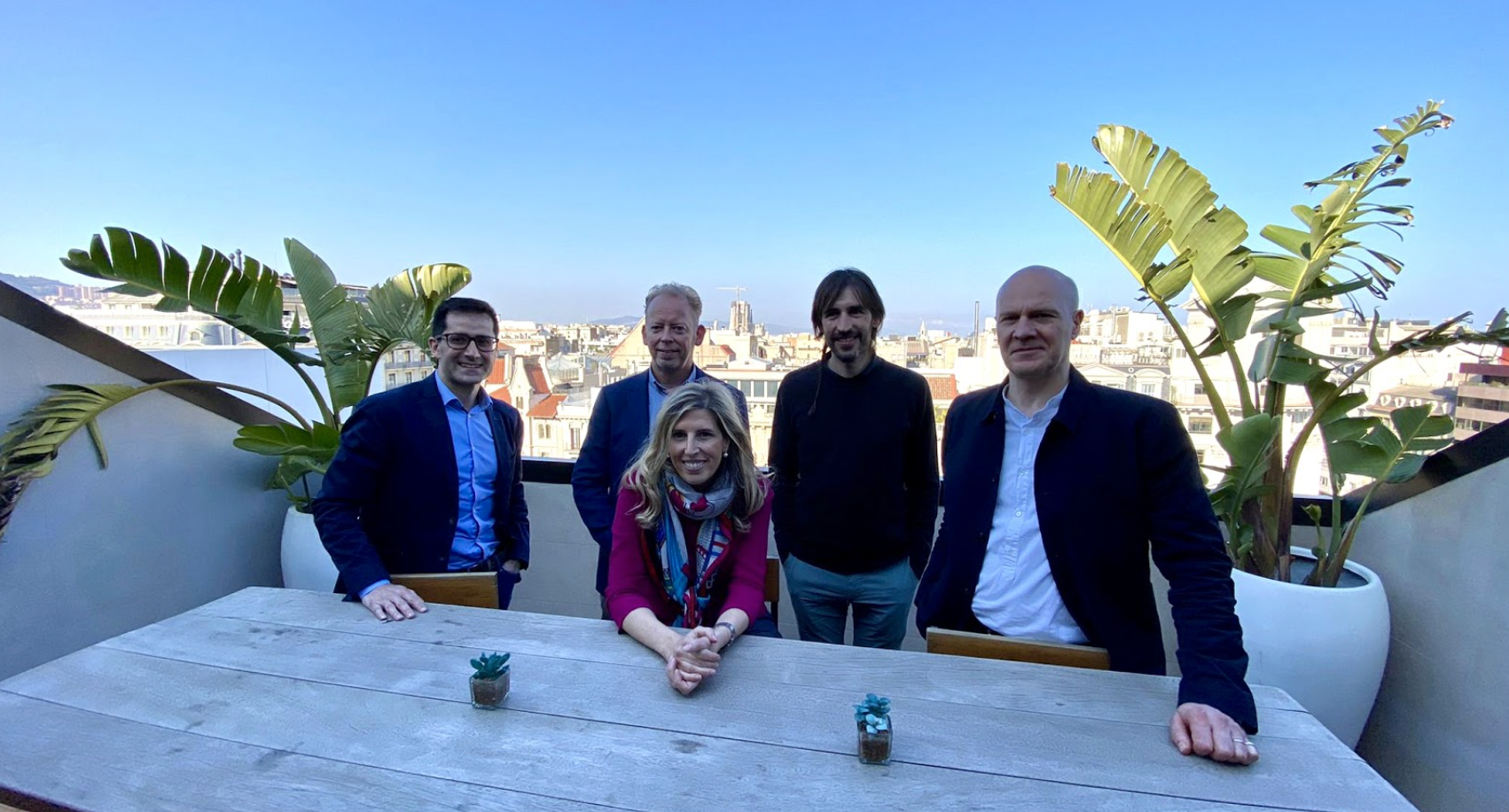
Inbrain’s high resolution implants will be combined with the company’s AI-powered data analytic platform, which will be used to continually monitor brain signals in patients. This, Aguilar says, will allow clinicians to build a more complete picture of the individual’s brain, and provide bespoke treatments for conditions like epilepsy.
“We will treat epilepsy by detecting the signals and stopping them. When you're going to have an epilepsy attack, you get signals,” she explains. “It's like a dam. You have the dam, and you have signals like drops of water. At some point the water overflows, and you have the epileptic seizure. We can detect the previous state before the epileptic seizure and stop it.”
The Musk effect
Aguilar is firmly committed to staying in therapeutic applications of brain-computer interface technology, and has mixed emotions around Elon Musk’s more left-field plans in the field.
“I understand Elon Musk, and maybe people want to drive a Tesla with their mind,” she says. “What Elon Musk is doing from the awareness perspective is in some ways good, but in other ways not that good, because it's kind of spoiling the good science behind it and making it a show.”
That said, Aguilar applauds the resources that Musk has poured into one particular area of research: nano robots that might one day be able to install neural implants.
“For real innovation to happen, different industries need to come together. So we can do super small interfaces, but there are no nanorobotics to put those interfaces in at that size,” she explains. “That's why Elon Musk started developing the robot first and put in $150m to develop the nano robot.”
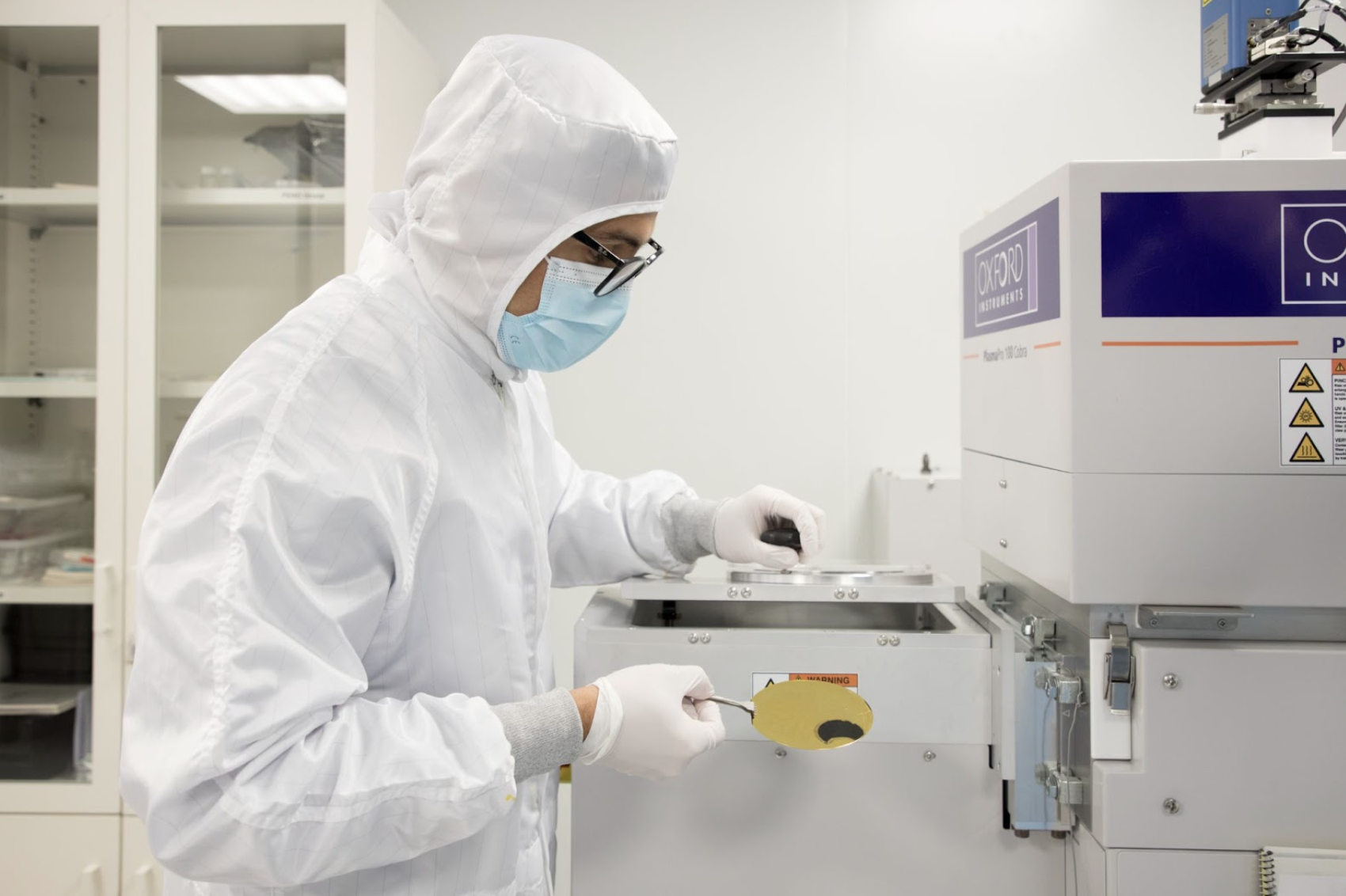
Deeptech capabilities
Aguilar is also hoping that advances in quantum computing might one day be able to help process the huge amounts of brain signal data that Inbrain’s implants can generate, and that blockchain technology might be able to be used to secure that data.
“I think this is unique because we are mixing industries. So it's not a medtech endeavour, it’s medtech, deeptech and digital health. I think innovation comes from the mix of these industries,” she says.
Inbrain joins a growing crop of European startups working on brain-computer interface technology, and is an example of how big public investments in science and technology from the European Union are starting to bear fruit.
So, would the startup be open to an acquisition by Elon Musk to accelerate their graphene technology’s route to market?
“It's a very hard question to answer,” says Aguilar.
